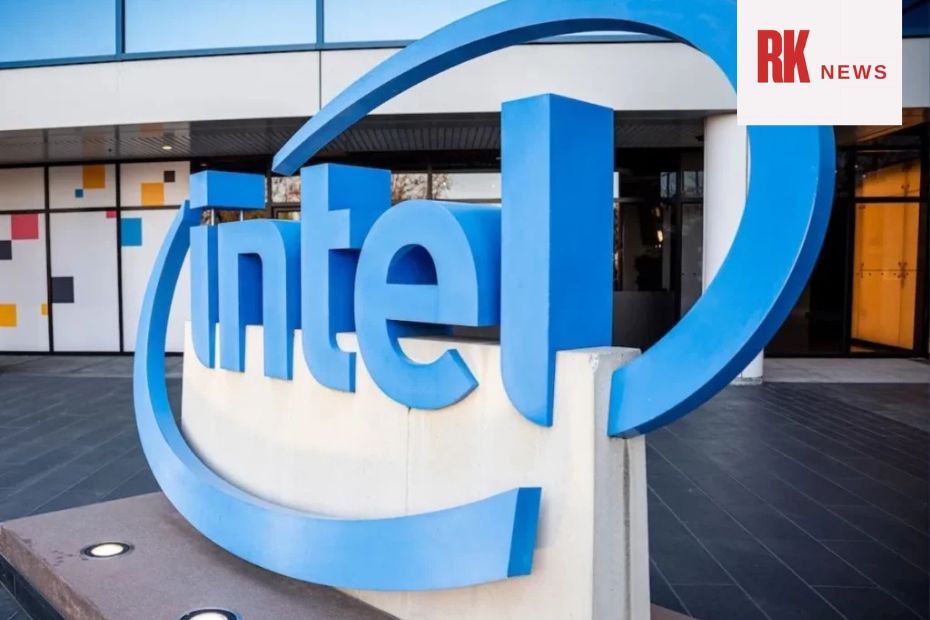Intel’s (INTC) stock took a significant hit, dropping over 7% in after-hours trading on Friday, following a less-than-encouraging outlook for the second quarter of 2025. Despite surpassing Wall Street’s expectations for Q1, Intel’s weak guidance overshadowed the positive earnings report, leading investors to reassess the chip giant’s near-term prospects.
For the first quarter, Intel reported a solid earnings per share (EPS) of $0.13 on revenue of $12.7 billion, beating analyst expectations of $0.01 in EPS and $12.3 billion in revenue. Notably, Intel’s Client Computing segment outperformed expectations, with revenue of $7.6 billion, well above the projected $6.9 billion. Additionally, its Data Center and AI division generated $4.1 billion, a significant jump from the anticipated $2.9 billion.
Despite the encouraging figures for Q1, Intel’s future outlook painted a more grim picture. The company expects Q2 revenue to range between $11.2 billion and $12.4 billion, falling short of the $12.8 billion analysts had predicted. The cautious guidance, combined with a volatile macroeconomic environment, sent shockwaves through the market, fueling concerns about Intel’s recovery trajectory.
Intel’s new CEO, Lip-Bu Tan, took charge in March and has since acknowledged the challenges ahead. In his first public comments, Tan admitted that Intel had fallen behind in innovation and vowed to address the company’s slow adaptation to industry needs.
As Intel navigates this difficult phase, investors are awaiting a clear strategy from Tan, especially regarding the company’s third-party foundry business. Rumors of a potential joint venture with TSMC to operate Intel’s chip fabrication facilities have raised questions about the company’s future direction.
Adding to the uncertainty, analysts believe Intel may have benefited from a pull-forward of demand in Q1, spurred by fears of new import tariffs under the Trump administration. This “tariff-driven demand” could distort Intel’s near-term results, with some experts forecasting a “channel flush” in the second half of 2025 as retailers digest excess inventory.
Moreover, despite concerns over Intel’s position in the AI and GPU markets, the company has yet to fully respond to the competitive pressure posed by companies like Nvidia and AMD. The disappointing guidance, coupled with Intel’s inability to present a compelling AI strategy, has left many analysts questioning the company’s ability to recover its market share.
In an effort to cut costs and streamline operations, Intel had previously considered another round of layoffs, potentially trimming up to 20% of its workforce. However, despite rumors, the company has opted to hold off on additional job cuts for now. Intel’s management is focusing instead on boosting operational efficiency, while continuing to invest in its core businesses, including its foundry and data center divisions.
Intel’s stock has seen a significant decline over the past year, down more than 40%, and the latest guidance has done little to restore investor confidence. As the company braces for a potential fallout from global trade tensions and an increasingly competitive semiconductor landscape, its ability to execute on its new strategies will be critical in determining whether it can recover its lost market value.
The market’s skepticism over Intel’s future is palpable, and with no immediate signs of a dramatic turnaround, the coming quarters will be pivotal for the semiconductor giant.
